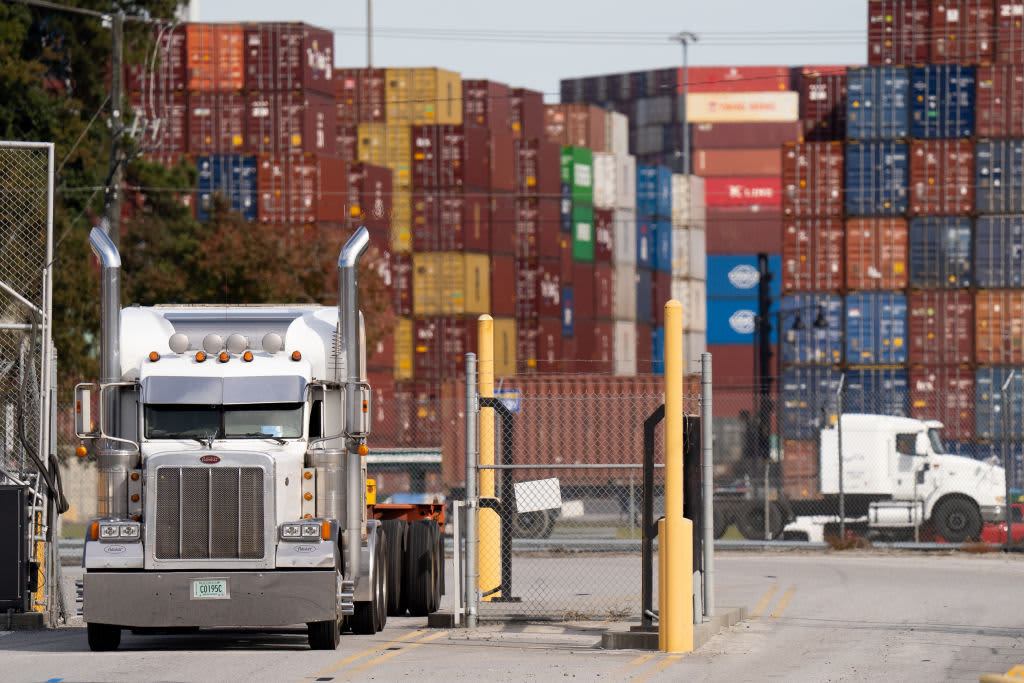House lawmakers urge Labor secretary to speed truck driver training program to ease supply chain bottlenecks

A truck driver passes through a gate at the Garden City Port Terminal on November 12, 2021 in Garden City, Georgia.
Sean Rayford | Getty Images
A bipartisan group of lawmakers urged Labor Secretary Marty Walsh on Wednesday to speed up a federal program that recruits and trains new trucker drivers to help ease the supply chain bottle necks that are disrupting the U.S. economy.
House Agriculture Committee Chairman David Scott, D-Ga., led more than 60 Democrats and Republicans in asking Walsh to expedite the application process for the Workforce Innovation and Opportunity Act grant program, which recruits underprivileged job seekers for different industries. The program provides job training for dislocated workers, low-income individuals and unemployed youth.
Approving applications can take weeks or months, even if they have experience with long-haul trucking, the lawmakers told Walsh on Wednesday. The group urged Walsh to work with career centers across the nation to speed up the process.
“With turnover rates for large, long haul truckers reaching the 90 percent mark and the lag time for training and onboarding new drivers lasting several months, it is critically important DOL enact these measures as soon as possible,” the lawmakers wrote Walsh in their letter.
Labor Department data released last December showed more than 21,900 applicants to the program had received training to drive trucks and tractor-trailers, according to the letter.
The American Trucking Associations, in a letter to the Biden administration last month, warned that the industry is short 80,000 drivers. The group endorsed the lawmakers’ Wednesday letter to Walsh.
The truckers have opposed President Joe Biden’s vaccine and testing requirements for private businesses out of concern that truckers will quit, further complicating the labor shortage.
“A truck driver shortage in the United States coupled with a global economy emerging from the pandemic, has resulted in an uneven economic recovery for millions of American families. Unless we exhaust every possible avenue in which to address this crisis, we risk worsening supply constraints for manufacturers and rising prices on consumer goods,” the lawmakers wrote.
Inflation in the U.S. hit a 30-year high in September, with prices rising 4.4% year over year. It was the fastest increase since 1991. Prices are rising amid a post-pandemic surge in demand coupled with manufacturing delays and labor shortages that have made it more difficult to stock shelves.
Those factors have also led to congestion at the nation’s ports, with no relief in sight this year. Goldman has forecast that the problems will likely persist well into 2022.
“Backlogs and elevated shipping costs are likely to persist at least through the middle of next year because no immediate solution for the underlying supply-demand imbalance at US ports is available,” Goldman economist Ronnie Walker said in a note to clients.




